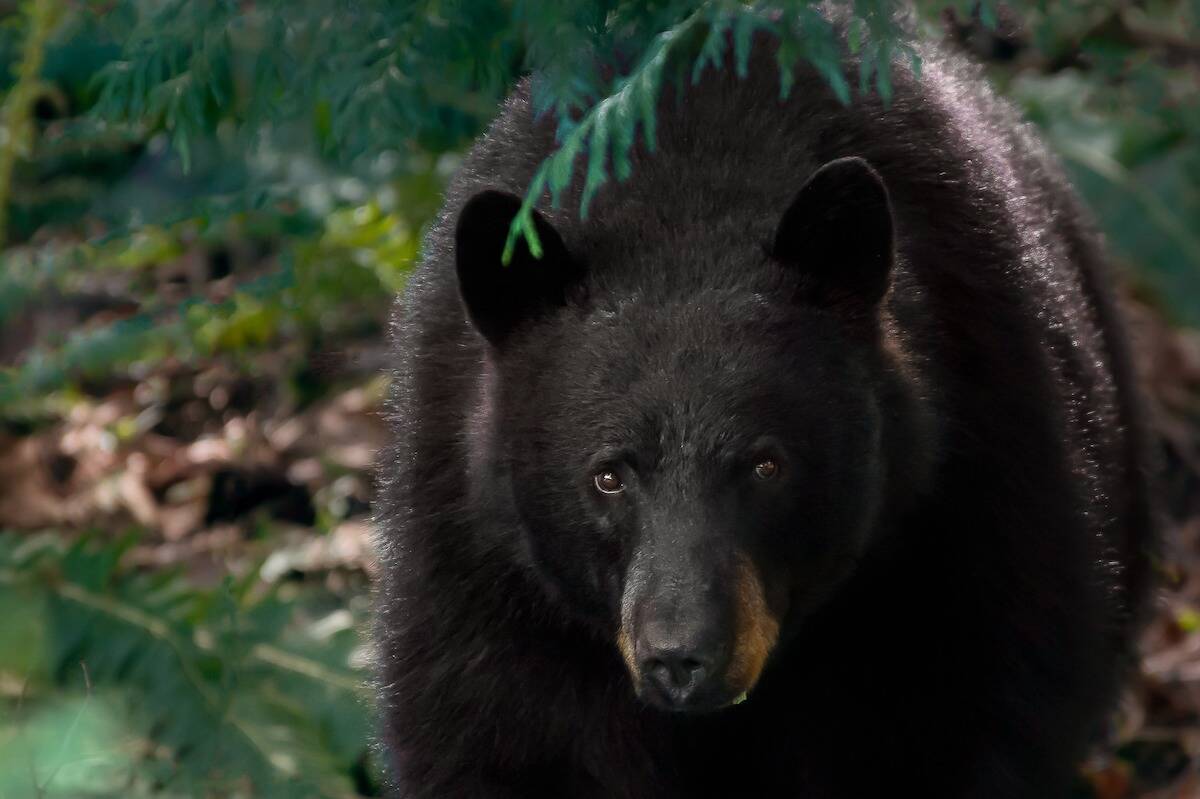Prince George topped the province as the deadliest community for black bears in 2022 according to a recent report from a wildlife protection charity.
The Fur-Bearers is a non-profit charity focused on the protection of fur-bearing animals through conservation advocacy and education. Through data obtained from a freedom of information request, the Fur-Bearers have compiled data on how many black bears have been killed by the BC Conservation Officer Service over the past eight years in more than 400 communities across B.C.
The data showed Prince George as the leader, with 32 bear deaths in 2022, followed by Nelson at 21.
In total, eight municipalities — rounded out by Castlegar, Revelstoke, West Kelowna, Ocean Falls, and Port Alberni — account for 25 per cent of all black bears killed by conservation officers last year.
Aaron Hofman, Director of Advocacy and Policy at The Fur-Bearers, says that local governments, businesses, and individuals all have roles to play in reducing black bear deaths.
Picking fruit trees, securing attractants, ensuring bird feeders are maintained, and using wildlife-resistant garbage bins are all ways that residents and businesses do their part to keep bears safe according to Hofman.
“If citizens aren’t following that or they’re not being enforced, there may be a gap there for the city to do better, and for citizens to do better as well,” said Hofman.
Across the province, 500 black bears were killed by conservation officers in 2022, a 14 per cent decrease from the 581 black bears killed in 2021.
“We have a beautiful province full of wildlife, a very diverse place, and ultimately, they’re the original inhabitants of this land and we’ve encroached on their habitat,” said Hofman.
The BC Conservation Officer Service Human-Black Bear Conflict Response Guidelines categorize interactions between humans and black bears into different categories, each with an according response.
Bears in Category 1 pose a ‘serious threat to public safety’, have caused ‘significant’ property damage, are injured or suffering from distressed health, and/or have a history of conflict. These bears are investigated by conservation officers and euthanized if a threat to public safety is present.
Bears in Category 2 pose less of a threat to public safety, but have damaged property, injured or killed a pet, followed or charged a human, or entered a home. In these cases, officers are supposed to provide technical advice or education and use non-lethal responses according to the guidelines.
”I think the ultimate goal is peaceful coexistence between humans and wildlife,” said Hofman. “It’s possible, many communities have achieved it.”
Visit thefurbearers.com/bcblackbears to find out about solutions that can help reduce black bear deaths.
READ MORE: B.C. synth-pop band integrate sign language into live performances
READ MORE: Columbia-Shuswap questions who is responsible for creating cooling centres
@josh_piercey
josh.piercey@revelstokereview.com
Like us on Facebook and follow us on Twitter.
and subscribe to our daily newsletter.

